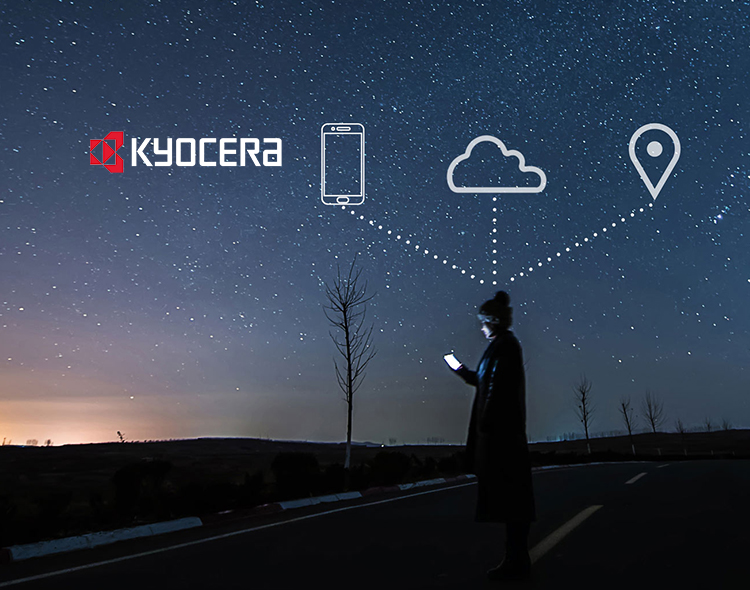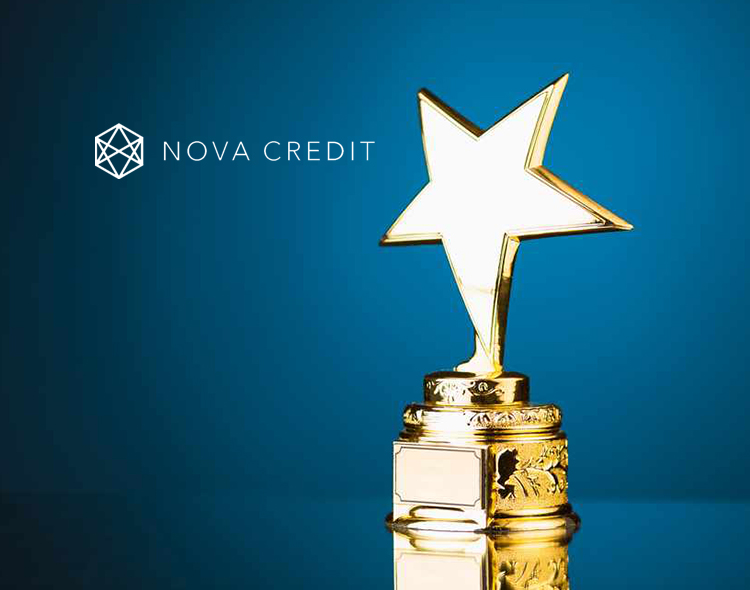Bernadette Butler, CEO and Co-Founder at StoryTap highlights the importance of video storytelling for B2C and B2B markets in this chat with MarTech Series:
Welcome to this MarTech Series chat Bernadette, tell us about yourself and what inspired the StoryTap platform?
What are some top predictions for video storytelling in B2C that you’d like to highlight? As brands become accustomed to using these features to drive online engagement, what are some best practices that you’d share to help them optimize how they do what they do?
E-commerce is advancing quickly, and brands need to become digitally savvy as their competitors (often four to ten other competitors) sit just one tab over on their web browser. While sales can sometimes help to convert customers, the cheaper product does not always win. B2C now must focus on:
- Getting discovered faster
- Hacking true organic growth
- Being relevant to the customer shopping
- Using evidence to show how valuable your brand and products are
One of the main ways that we predict that video storytelling will shift is in the way that brands will amplify the voice of their customers. Stats show that 90% of people are much more likely to trust a recommended brand (even from strangers). It goes without saying that it’s much easier to trust someone who isn’t trying to sell you something. That means brands have a tremendous amount to be gained by enabling their own customers to promote their products and services.
When customers produce their own videos to explain how they feel about products, other consumers feel they are generally telling the truth. According to a marketing study by Ascend2, customer testimonials are the most effective type of video content. Unfortunately, the same study also found that marketers said testimonial videos were the hardest type of content to create.
We predict that to drive engagement and ultimately sales conversions, brands will look to their customers to provide authentic video instead of creating high-production advertisements.
For new marketers or marketing teams still toying with the idea of video storytelling: what can help get them started and on the right track?
With the right technology, creating videos with a storyline at scale is not hard. Instead of draining your marketing budget with high-production costs, video storytelling at scale can expedite the content product and let brands create content that can distribute automatically and increase discoverability with Video SEO. It’s powerful stuff. Video storytelling is also about relevancy and the ability to create more videos from diverse voices and can increase conversions on PDP pages or even cart size.
A few thoughts on the impact of video in other customer-facing functions like sales?
Authentic content created by your customers not only captures consumers’ attention—it also triggers an emotional response. When targeted to the right audiences, authentic video leads to higher engagement, which in turn can drive higher conversions. Companies are reshifting their focus to produce relatable, customer or employee create video stories to compete for share of voice. Studies in video advertising show that consumers are most interested in messages rich in positivity—which ultimately produces higher engagement with brands. When user-generated videos include genuine messages of positivity, the likelihood of being shared with friends or family doubles.
In fact, our own StoryTap clients have seen their engagement rates triple. When a brand can nail an increase in brand engagement, the e-commerce magic starts to work. With authentic video stories at scale, brands have seen conversion rates boosted up to a whopping 30%, with cart sizes increasing by more than 5%.
Some last thoughts and marketing / martech takeaways and predictions for 2022 before we wrap up?
In 2022, we predict that brands will have to do more with less and grow ten times faster. We’ll start to see brands leveraging their customers (their most underutilized asset) to quickly scale marketing efforts and become a video-first brand. Text reviews will be replaced with authentic video storytelling solutions that quickly convey product information and replicate some of the best parts of the in-store experience. Text and image-based websites will be phased out and replaced with a personalized website experience with embedded video.












